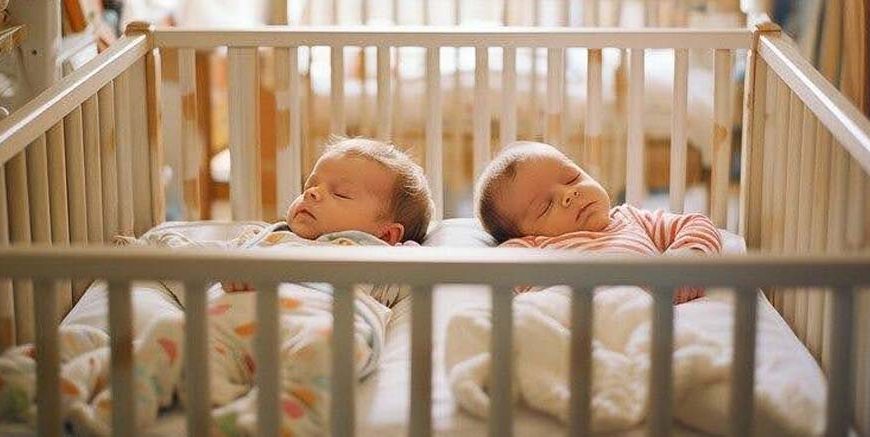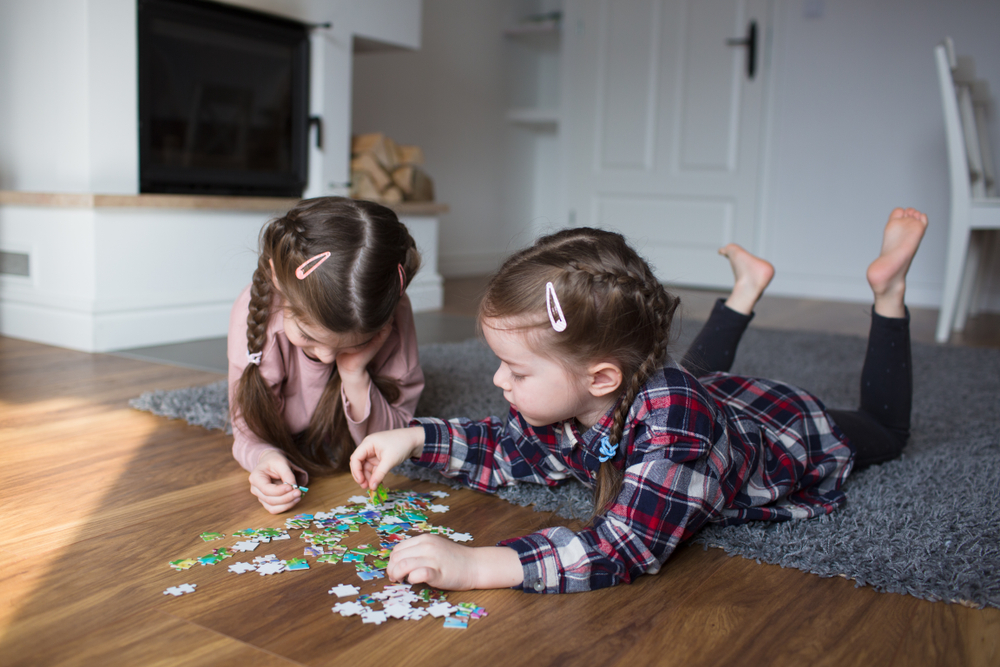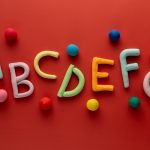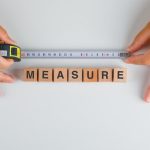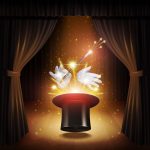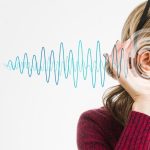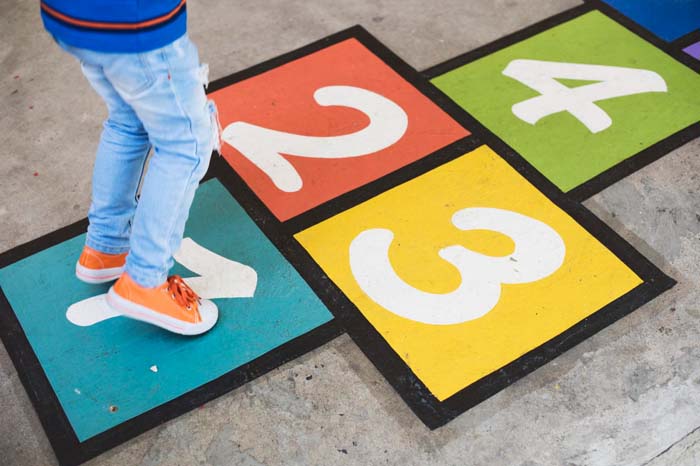For any new parent, their only desire is to safeguard the tender bundle of joy from all challenges that may come their way. But how you go out of your way to ensure the best for your baby, without knowing you bring home several products that may be a potential threat. There are some baby accessories available in stores today which may actually harm your child and which may give you a hard time handling. In today’s topic we will be aware of five such ordinary objects that perhaps, might be concealing some risks.
Table of Content:
- Crib Bumpers:
- Drop Side Crib:
- Baby Play Seat:
- There should be times when you should not move without the safety harness or restraint system available.
- Special attention should be given to ensure that the seat doesn’t lie on any raised platform whatsoever.
- Always observe your child when they are in the seat so as to avoid having some accidents happen to them.
- To avoid pushing such injuries or having the baby get uncomfortable, use the seat for a limited amount of time.
- If your baby can sit up on his own or tries to climb out of it or if he is over 12 months, it’s time to stop using the seat.
- Baby Sippy Cup:
- For simpler cleaning and a lower chance of bacterial growth, choose sippy cups without spouts or valves.
- Refrain from using sippy cups all day long and restrict their use to mealtimes or brief intervals.
- Drinks that are acidic or sugary might harm teeth, so fill sippy cups with milk or water instead.
- As directed by the manufacturer, carefully clean sippy cups after each use.
- To avoid prolonged use of sippy cups, transition your child by 12 to 14 months of age to a standard, open cup.
- Crib Canopy:
Crib bumpers, which are the tight fitting liners that cover the entire interior of the crib might seem like a safe solution to protect the baby from head banging and children who may get stuck between the slats of the crib . Although current findings show adverse effects when used, several safety organizations such as the American Academy of Pediatrics (AAP) and the Consumer Product Safety Commission (CPSC) have cautioned against their use. The major problem with crib bumpers is the smothering or entrapment of infants who may find themselves trapped in the cushion of the bumpers. An infant’s face can be positioned with the bumper applying pressure to it and this will lead to the choking of the infant since the airway is being prevented from being opened.
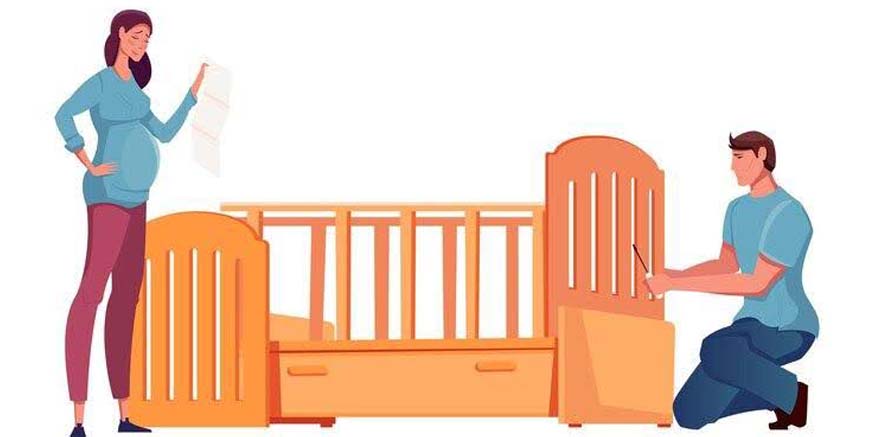
Further, there is a risk of entrapment whereby a baby’s head can get trapped between the bumper and crib mattress or between the crib sides and thus strangle or be injured. In the case of mesh or “breathable” bumpers, hazards might be less apparent since the material is not changeable, but babies can still suffocate if their faces are trapped by the mesh. However, the knob’s base can be a strangulation hazard. Other design defects related to the ties or strings used to connect the bumpers can also lead to strangulation. But if you have some concerns about your baby while in the crib, AAP suggests using a firm and a tight-fitting mattress that is also in a fitted sheet that is appropriate to the Crib model. It is also advisable not to put any soft toys, cushions or any other thing that the baby can cover his/her face with in the crib as this may result in suffocation or entrapment.
Serial baby drop side cribs can be folded down easily for convenience, but they have been prohibited for use in the United States since 2011 due to aggravating hazards. These cribs have a drop side which facilitates the putting or taking of the baby since the side can be moved down. The greatest drawback of drop side cribs is that there is a danger of entrapment as well as suffocation. The portion that is moved can get unlinked or partially disconnected, thus leaving a gap between the crib side and the mattress.
Oftentimes, infants can be trapped in this gap, thus leading to strangulation or even suffocation in the process. Furthermore, the hardware that is used to hold the drop side may not be adequately secured, wear off or even break and thus amplify the chance of entrapment or falling. If you use a drop side crib, the crib that has a side that can come down for easier access to the baby, then it is important to discontinue its use and change it with a modern crib that does not have the drop side since these cribs have been reported to be very dangerous to the babies. The problem is that even if everything seems to be fine, with the drop side working as you expect, the potential for failure is just too great.
Baby play seats are known also as the Infant sitters or bouncy seats which allow parents to have an upright position for the baby while entertaining them with toys or any kind of activity. Nevertheless, these seats, like any other seating furniture, have some threats in instances where they are misused, or neglected. Among the main risks posed by baby play seats, falls constitute one major type of risk.
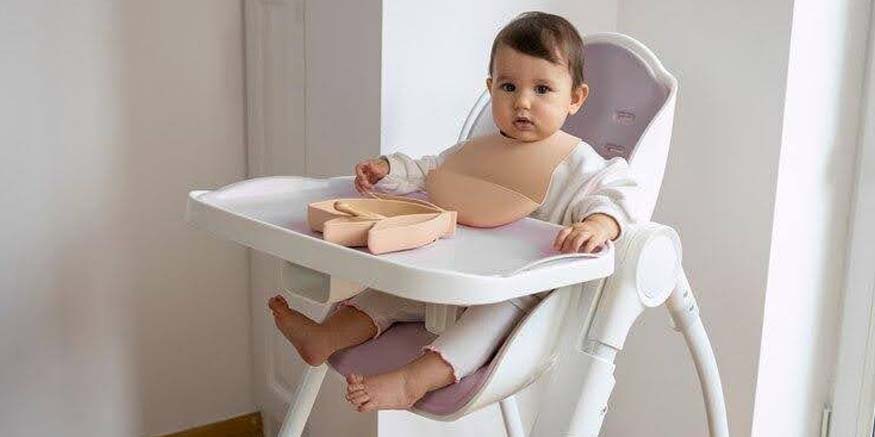
This can easily be avoided since the infants can just tip or wiggle themselves out of these seats and suffer serious head injuries or worse. These risks are especially prominent if the seat is positioned on any elevated surface like a table or counter. One other issue that cautions is the possibility of positional asphyxia – this is a situation where a child stands in a certain position that may limit him/her breathing. If the infant falls or slides down in the sitting position, his head may be flexed to such a degree that breathing is impossible. To use a baby play seat safely, follow these guidelines:
It is also important to note that baby play seats are meant to be used for short duration and should not in any way be used as a crib or bassinet when the baby requires to nap.
Sippy cups, those spill-proof vessels used to aid toddlers in shifts from bottles to normal cups may appear helpless and useful. Nevertheless, some varieties of sippy cups have several associated health hazards depending on either the amount of time the infants spend using them or how clean they are when used. Some of the main concerns connected with the purpose of sippy cups are tooth decay and ear infections.
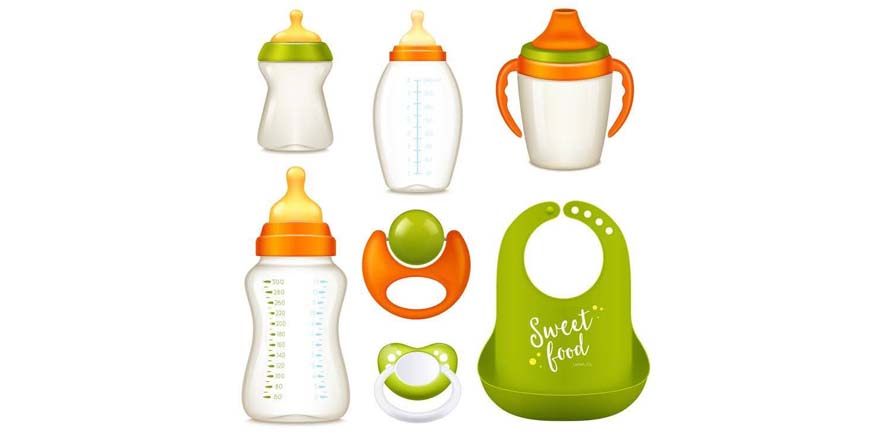
Most of the sippy cups enable a child to take his/her favorite sugary or acidic drink and take sips in a continuous manner, thus exposing the teeth to these influencing substances. It can help in the build-up of tooth cavities and tooth erosion. Additionally, the valves or spouts which are installed in some sippy cups are detrimental to germs carriers especially if the spouts in question are not properly rinsed or if they have had very long service so much that they deserve replacement. This bacteria causes ear infections as the liquid in any container can be sucked back to the ears through the Eustachian tubes and into the middle ear when using a sippy cup. To use sippy cups safely, consider the following guidelines:
By following these guidelines, you can minimize the potential risks associated with sippy cup use and promote better oral and overall health for your child.
Bedding accessories are known as the pretty fabric curtains that fall over the baby crib. Despite the fact that they may appear to be an attractive and cute addition to your nursery, crib canopies are considered unsafe by safety organizations due to the high incidences of entrapment and strangulations that those products pose. Babymat covers are mainly hazardous because of the strings, ribbons, or panels that hang near the crib and canopy which can trap babies and cause suffocation or strangulation. Loose string or tie is a hazard even if the canopy has been installed and firmly and securely anchored to the crib properly. Furthermore, a “tent-like” environment created by crib canopies increases the possibility of overheating or restricted airflow for your kid. Furthermore, a “tent-like” environment created by crib canopies increases the possibility of overheating or restricted airflow for your kid.
With so many alternatives promising security and convenience of use, caregivers may find it difficult to comprehend the vast array of baby items. Nevertheless, the existence of such accessories means that it is necessary to understand that not all such items are the same and some of them can even be unsafe. When dealing with possible dangers associated with certain products such as the crib bumpers, drop side cribs, baby play seats, sippy cups, crib canopies among others, it is important to make informed decisions and do everything possible to ensure that the child is safe. The safety of your baby is paramount and you can always ensure that you rise up to this challenge and provide him or her with the best environment that is safe and appropriate.
For more such interesting blogs, Visit EuroKids





